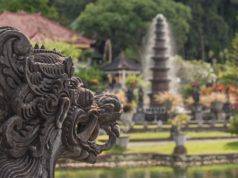Vlad the Impaler, a man so horrible he inspired Bram Stoker to write Dracula, is not the only spooky character to ever roam the castles of Eastern Europe. The region is filled with ancient castles with many secrets hiding behind their walls. Below is a list of 5 most popular castles that have served as the setting of many legends throughout history.
#1. Reszel Castle, Poland
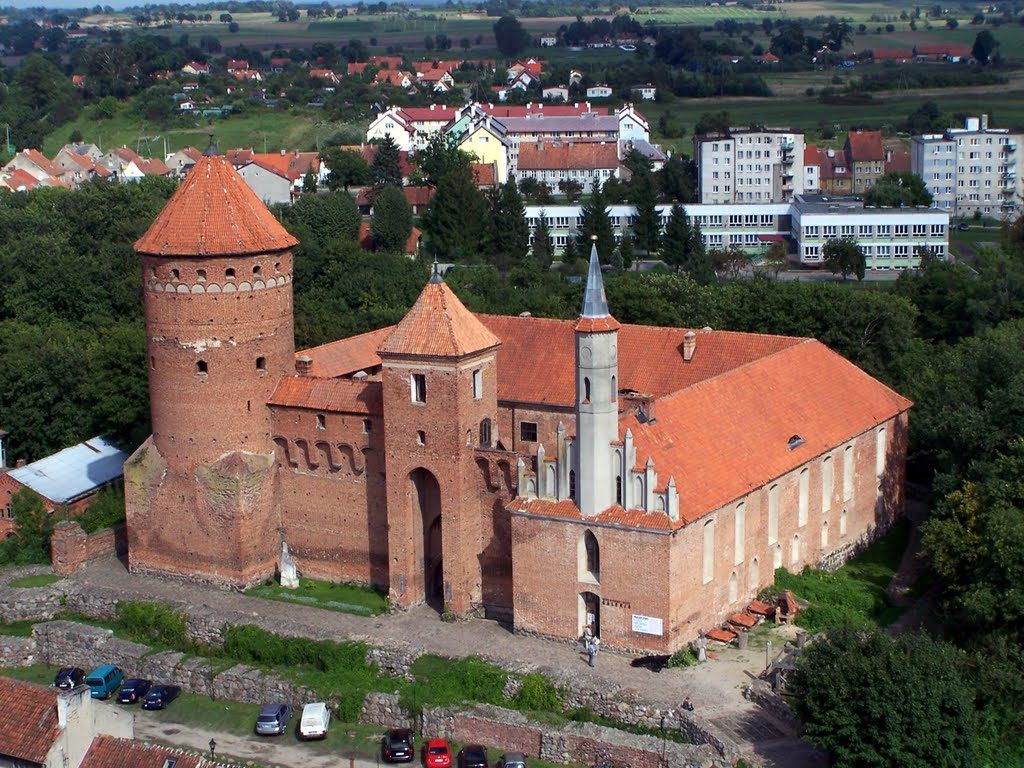
Image Source: panoramio.com
The construction of the castle started in the 13th century, when the invaders built a wooden fort on the banks of the river Sajna. About 100 years later, Bishop Jan from Meisen began constructing the castle as it is today. However, today the Reszel Castle is known mostly for events that took place there more than three centuries later. In 1811 it was the setting of the imprisonment and execution by burning of the last known witch in Europe.
In 1807 a series of fires destroyed nearly all the buildings in Reszel and a woman named Barbara Zdunk, already quite disliked by the townspeople for having an affair with a man half her age, became the leading suspect. Despite being tortured during trial, she never confessed and was accused of witchcraft and sentenced to death. She spent the following four years as a prisoner in the castle dungeon, where she was continuously tortured and raped by the guards. On August 21st 1811, Barbara was taken to Szubienica Hill where the death sentence was carried out. Castle visitors often report strange phenomena, including smells of perfume, things being moved, doors opening by themselves, people getting touched and screams coming from the dungeons.
#2. Predjama Castle, Slovenia
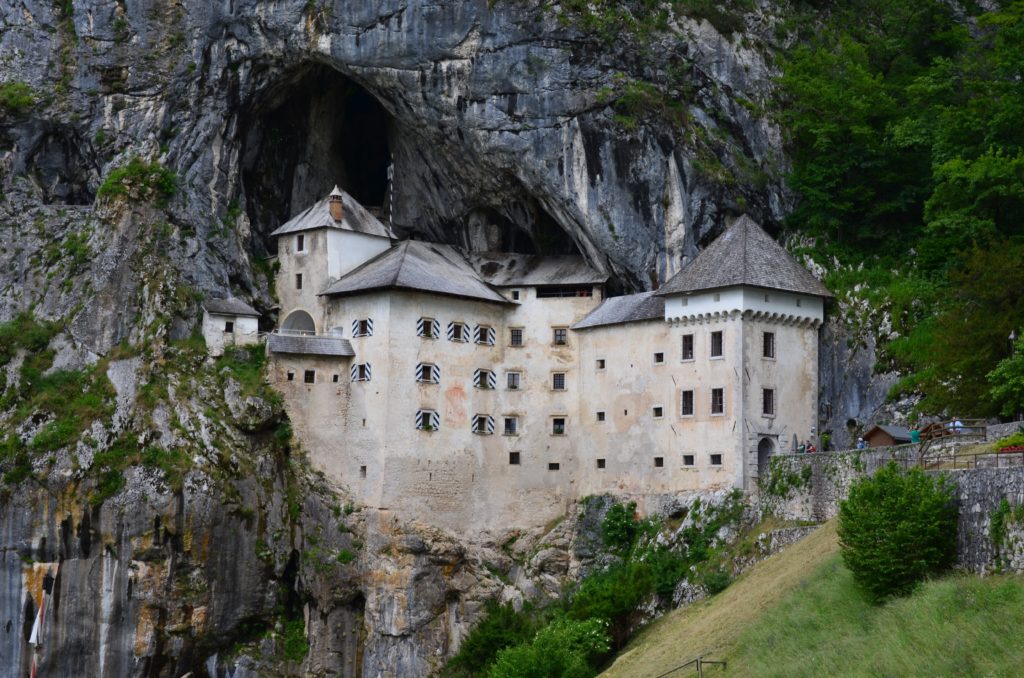
Image Source: turistipercaso.it
The Predjama Castle was supposedly built sometime in the 12th century and was first mentioned in 1274 under the family name Luegg. It is mostly known for its strategic position on top of a high cliff and its most brutal owner, Erasmus Lueger. Erasmus the Knight was a robber-baron, who stole from the rich to give to the poor. But he was no hero. Today, he is mostly remembered for the extremely cruel treatment of his captured enemies. There are tales of his prisoners being bricked up behind stone walls or thrown alive down a 63 meter deep cave under the castle, where they were left to die a slow and painful death. Erasmus himself also died in the castle – the Austrians hit him with a cannonball as he sat on the toilet.
The castle is said to be haunted by Erasmus and his many victims. Visitors have reported hearing cries of all the tortured souls who never managed to escape – the bodies of those who were bricked inside the walls and thrown in the cave are still there.
#3. Cesky Krumlov Castle, Czech Republic
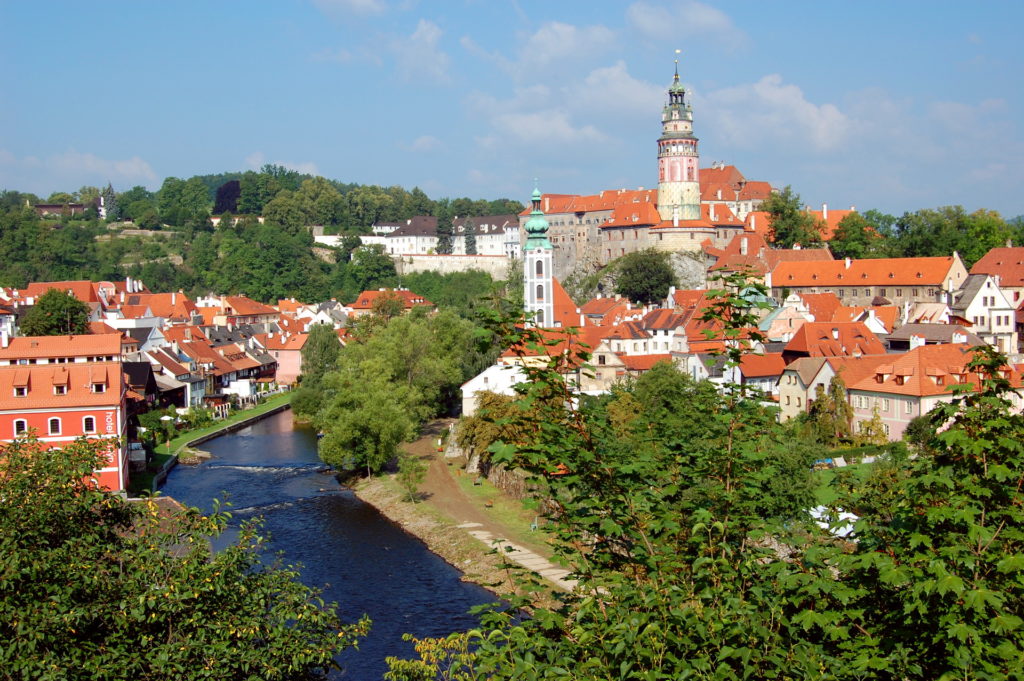
Image Source: 1zoom.net
Built in the early 13th century, this Gothic castle is connected to more than just one legend. The most notorious apparition to roam these grounds is the White Lady, the spirit of Perchta von Rosenberg, who lived in the castle in the 15th century. Her father, Ulrich II von Rosenberg, married against her will to Johann von Lichtenstein, who was cruel and abusive towards her all his life. After his death, she became a patron of the poor and suffering in the region. Her death was a travesty for all who knew her and soon after rumors of her spirit still wandering around the castle, protecting them, started appearing. It is said that the White Lady still appears before every significant event held in the castle. If she is seen smiling, that is supposedly a good omen. However, her black gloves always warn people of impending doom.
Another legend tells the story of a traveling actress, Evelyna, who arrived to the castle as part of a visiting drama group. She fell in love with another actor, David, who did not share her feelings. During the last act of their play, Evelyna stabbed herself and died on the stage. Her ghost is said to still haunt the castle theater.
#4. Halszka Tower, Poland
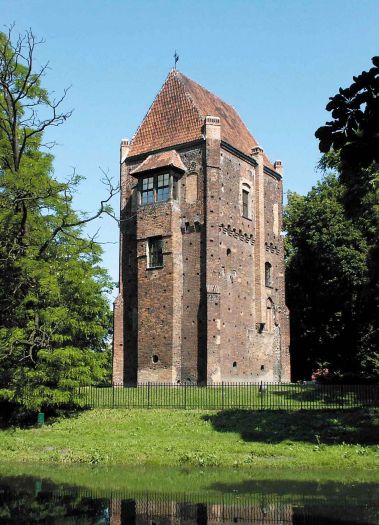
Image Source: regionwielkopolska.pl
The Halszka Tower is part of the Szamotuly Castle and named after one of its most famous inhabitants, Elizabeth Katherine Ostrogska, aka Halszka. Her tragic life and premature death have been inspiring ghost stories for centuries.
When Halszka’s father died, she became the heir of one of the greatest Polish fortunes and was raised by her uncle, Wasyl Ostrogski. When she was 14 years old, Prince Dymitr Sanguszko conquered the castle and married her against her will. However, soon afterwards he fled the country and was killed in today’s Czech Republic. Halszka returned to her mother as a widow.
Her second marriage, against her and her mother’s will, was to Lukasz Gorka. Yet her mother wanted her to marry another man, Siemion Olelkowicz, so they fled and found refuge in a Dominican church, where Halszka married Siemion in secret. The marriage was never officially recognized by the king, who ordered her to be returned to Gorka. She lived with him until his death in 1573. Halszka died nine years later, as a widow with no children, at the age of 43. Her great fortune was inherited by her uncle and his son. According to folklore, after her return to him, Gorka ordered to put an iron mask on Halszka’s face and had her imprisoned in the castle tower. During a full moon, visitors can still see a slowly moving shadow of a woman near the tower.
#5. Iulia Hasdeu Castle, Romania
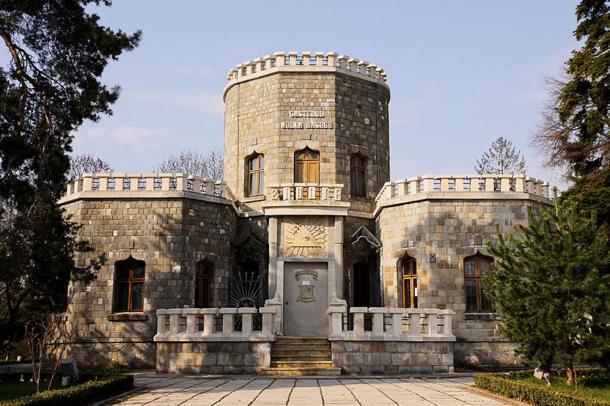
Image Source: ancient-origins.net
The Iulia Hasdeu Castle was built between 1893 and 1896 by the Romanian writer Bogdan Petriceicu Hasdeu in the memory of his deceased daughter, Iulia, who died unexpectedly at the age of 18. Devastated by his young daughter’s death, Hasdeu turned to spiritualism and started claiming to be communicating with Iulia. Supposedly it was his daughter who provided him with the plans for the castle during one of their sessions.
The architecture of the castle is based on the magic numbers 3 and 7, with 3 towers, 3 underground rooms and staircases formed of 7 steps each. As proof of Hasdeu talking to his daughter, there are a spiritualist manuscript and some ectoplasm photos still present in the castle today. Furthermore, visitors can also see a room with black walls, which was built specially for the purpose of these séances. According to local legends and visitors’ reports, Iulia’s spirit still wanders around the castle and courtyard in a white dress, with daisies in her hands and plays her piano every evening.

































